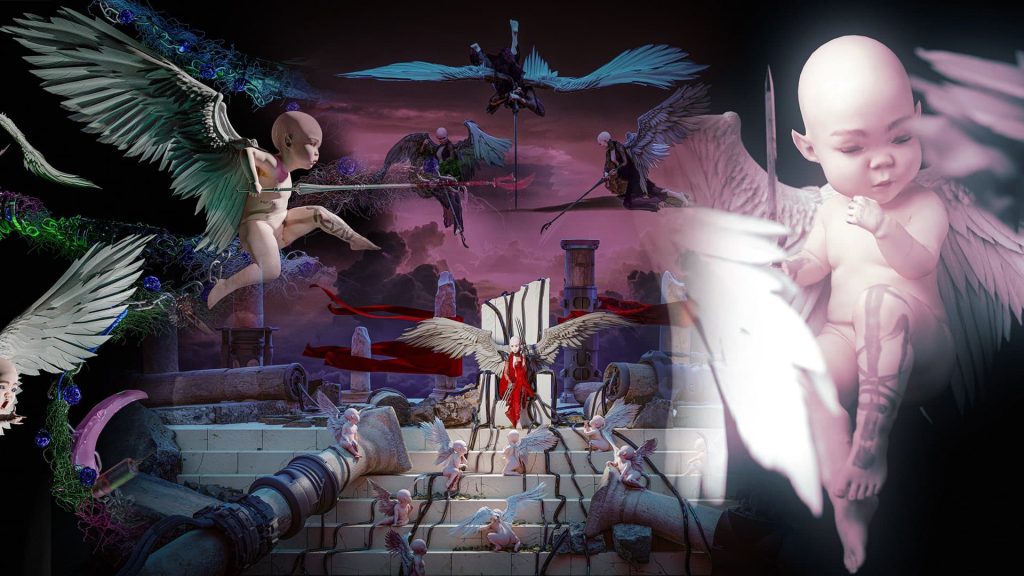
With the metaverse, NFT takes on its full meaning
The large metaverse project makes a lot more sense to spend large amounts of money to own virtual items.
Enthusiasm for NFTs does not appear to be waning. These “non-fungible tokens”, which have become widespread in recent months, are still regularly sold in large sums.
The latest one proves that these digital certificates can finally be available to everyone: a young boy was able to raise $400,000 by selling works made on Painter. With some notions of computer code, 12-year-old Benjamin Ahmed of London has sold 3,350 works of whale, inspired by the emoji of the animal itself.
What are NFTs? “Irreplaceable tokens,” which are non-replaceable codes in French, are certificates of authenticity attributed to a digital work. Since everything on the Internet is endlessly “copiable”, NFTs allow you to fit in the business and be the one and only owner. The credibility of these certificates is made possible by the blockchain, a storage technology that allows for the encryption and identification of data stocks, both unbreakable and unrepeatable.
The NFT craze began in one form or another last March, when an artist by the name of Beeple sold a digital work, “Every Day: The First 5,000 Days,” for an astronomical sum of $69.3 million. This highly publicized purchase excited others. Twitter founder Jack Dorsey marketed his first tweet in a similar fashion, for $3 million.
Web designer Tim Berners-Lee also sold the first code for the World Wide Web for 5.4 million. The amounts allocated to NFTs are still enormous.
Will the future be virtual?
Paying such sums for virtual business, literally intangible, is a concept that can be bewildering. However, whether one sticks to this practice or not, it logically fits with what Mark Zuckerberg calls his new fad, the metaverse. This half-real, half-real universe, which really started with the workspace provided by Facebook, is made up of mixed elements.
Whether we stick to this concept or not, the NFT principle appears to be perfectly aligned with the metaverse. Several examples can already attest to this: the success of concerts in Fortnite, which consists in enjoying an artist’s performance while in the game.
The haute couture house Dolce & Gabbana, which recently launched its first collection in NFT, thus unifying the “virtual” clothes, thus it will be possible to wear your avatar – the digital version of us – the same. The development of virtual reality headsets is also a major asset in this regard.
From this perspective, NFTs take on their full meaning. Until the Metaverse is done, there are a few more steps to follow. At the moment, the few attempts to embody the metaverse remain far from its creator, the sci-fi author Neil Stevenson, he was imagining.
The most realistic example to date – which fits perfectly in the context of the pandemic, comes from Facebook – which wants to make the concept its horse. To confirm its position, the social network launched Horizon Workrooms, a virtual meeting room in augmented reality.

“Incurable web evangelist. Hipster-friendly gamer. Award-winning entrepreneur. Falls down a lot.”
